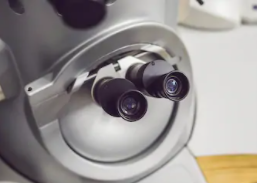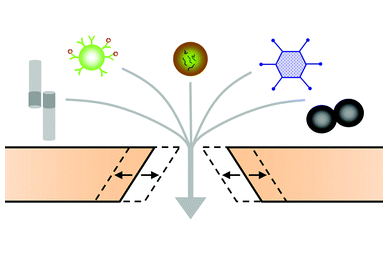Counting Virion Services
At present, technologies for counting virion can be broadly classified into two categories, including visualization-based and non-visualization-based techniques. The transmission electron microscope (TEM) represents one of the visualization-based techniques. And it is also the only imaging technique allowing the direct visualization of viruses. However, the technique is somewhat labor intensive, time consuming, and affected by the operation bias. Moreover, special treatment of samples and high-level technical expertise to operate associated equipment are required. Non-visualization-based techniques include nanoparticle tracking analysis (NTA), dynamic light scattering (DLS) and so on. Different techniques afford different perspectives.
Creative Proteomics is committed to promoting and accelerating the research progress of worldwide customers by offering optimal strategies and conducting comprehensive data analysis. Here, we support calculation of virus particles with a series of techniques, including TEM (the classical and visualized method), virus counter (VC, the rapid, reliable, and cost-effective measurement method) as well as tunable resistive-pulse sensing (TRPS, for high-throughput single particle measurements of virion).
Counting virion in Creative Proteomics

Based on a series of electron microscopy analysis methods, the structural characteristics, and specific sizes of viruses can be accurately identified, providing valuable information for diagnosis, treatment as well as vaccine development. Here, we employ TEM, the only imaging technique allowing the direct visualization of viruses, for detection and identification of virus particles. Based on imaging platform and a team of skillful scientists, Creative Proteomics provides a full range of TEM services, including sample collection, sample preparation, image acquisition. In addition, we are capable of accepting many types of biological samples, involving plant, animal, bacterial and pathological specimens.
Developed from flow cytometry, virus counter (VC) is a personalized device for virus quantification in liquid samples. Based on the fluorescent dyes stain both proteins and nucleic acids of virus, the system has numerous advantages, including rapid, reliable and cost-effective detection, the capability of real-time monitoring of virus concentration. To date, VC has been widely utilized to quantify multiple viruses, including adenovirus, coronavirus, influenza virus, respiratory syncytial virus (RSV) and among others.
 Tunable resistive pulse sensing.
Tunable resistive pulse sensing.
(Weatherall, E., et al. 2015)
Tunable resistive-pulse sensing (TRPS) has the obvious advantage over traditional detection method in investigation of unknown and new species of viruses, which is thanks to it being simply established on virus electrical properties, no requirement of biochemical information. This technique is based on a stretchable membrane to achieve size-tunable nanopores for counting and measuring particles. Generally, the particle size measurement of the technique ranges from 60 nm to 2 µm. For virion quantification, TRPS has distinct advantages, including efficient size and size distribution measurement, the ability to determine low particle concentrations, as well as charge measurement capability. We have developed TRPS protocols for measuring virus particles, including determination of analysis and measurement protocols, sample preparation, TRPS measurement and analysis as well as data analysis.
If you are interested in our services, please contact us for more details. We are looking forward to cooperating with you!
References
- Heider, S., & Metzner, C. (2014). "Quantitative real-time single particle analysis of virions." Virology, 462, 199-206.
- Weatherall, E., et al. (2015). "Applications of tunable resistive pulse sensing." Analyst, 140(10), 3318-3334.
* For research use only.


 Tunable resistive pulse sensing.
Tunable resistive pulse sensing.